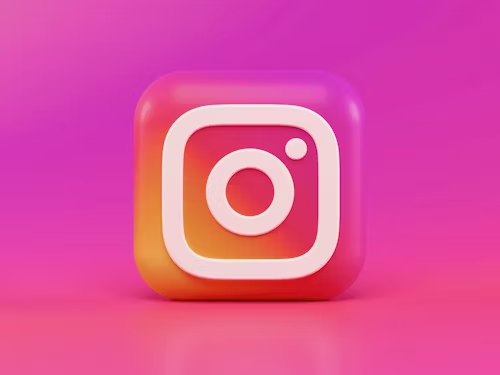Adam Mosseri, the head of Instagram, recently revealed that the quality of video content on the platform is influenced by its popularity. If you’ve noticed your posts appearing blurry, it might be due to Instagram prioritizing video quality based on reach.
During a user-driven “Ask Me Anything” session, Mosseri explained that the rendering quality of videos shared in reels or stories can fluctuate. The clarity of a video—whether crisp or blurry—depends on how many views it receives.
“If a video isn’t watched for a while—because most views happen shortly after posting—we will downgrade it to a lower quality,” Mosseri stated in a screen-recorded clip. “If it gains traction again, we will re-render it in high quality.”
This topic has generated considerable discussion on Threads and has been reported by various news outlets, including The Verge. Mosseri emphasized that the goal is to “show people the highest quality content,” but some creators express concerns that this approach disadvantages those with smaller followings, affecting the overall quality of their content.
Mosseri also noted that slower internet connections could result in lower-quality video playback. “We prioritize delivering a lower quality video for faster loading times rather than leaving users waiting with a loading icon. It’s a dynamic system,” he explained.
Quality Changes Aren’t Significant, According to Mosseri
Mosseri’s comments were in response to a user who asked whether stories lose quality over time, prompting further conversation on Threads. One user humorously remarked, “Now I know why my old videos look like I’m filming with my microwave.”
Addressing this concern, Mosseri stated that rendering adjustments happen at an aggregate level, not for individual viewers. He explained that higher quality is prioritized for creators who attract more views, emphasizing that this is a sliding scale rather than a strict cutoff.
While acknowledging the validity of users’ concerns, Mosseri argued that these quality shifts “don’t seem to matter much” in practice. He asserted, “The difference in quality isn’t significant, and viewer engagement is more closely tied to the video’s content than its quality. Creators may care more about the quality, as they are more likely to remove a video that looks poor, compared to how viewers respond.”
However, some users remained dissatisfied with Mosseri’s explanations. They expressed that this strategy could discourage emerging content creators who haven’t yet built a substantial audience. One user noted, “It’s a demotivating factor, especially for someone focused on video creation where quality influences follower growth. This is a legitimate concern for beginners.”








